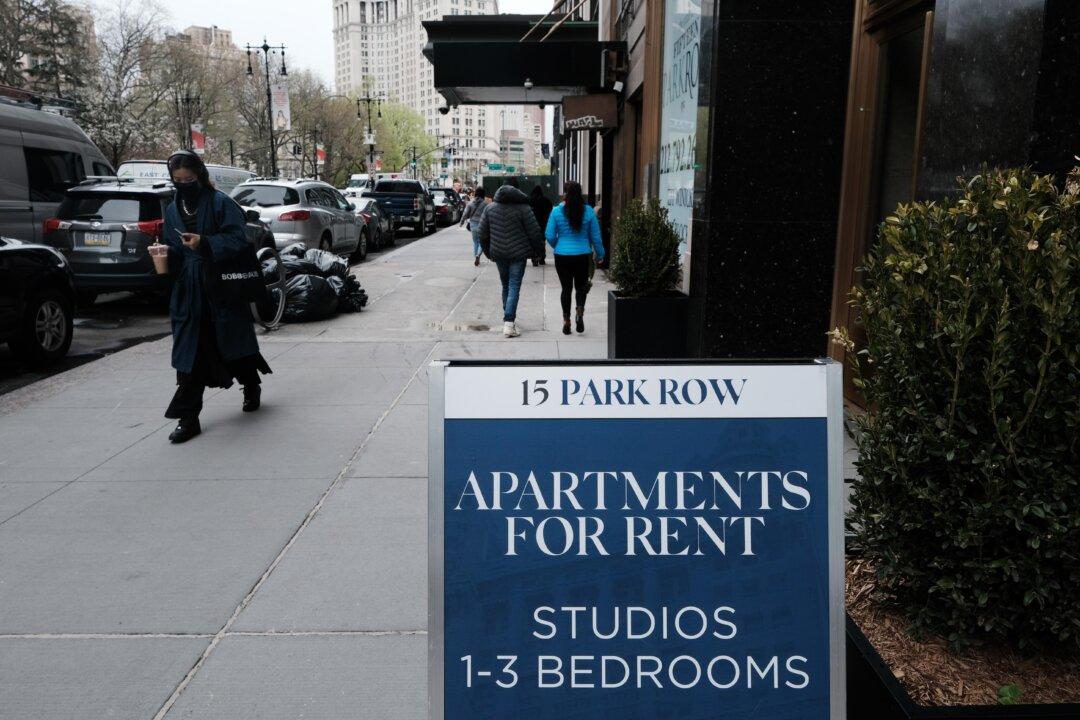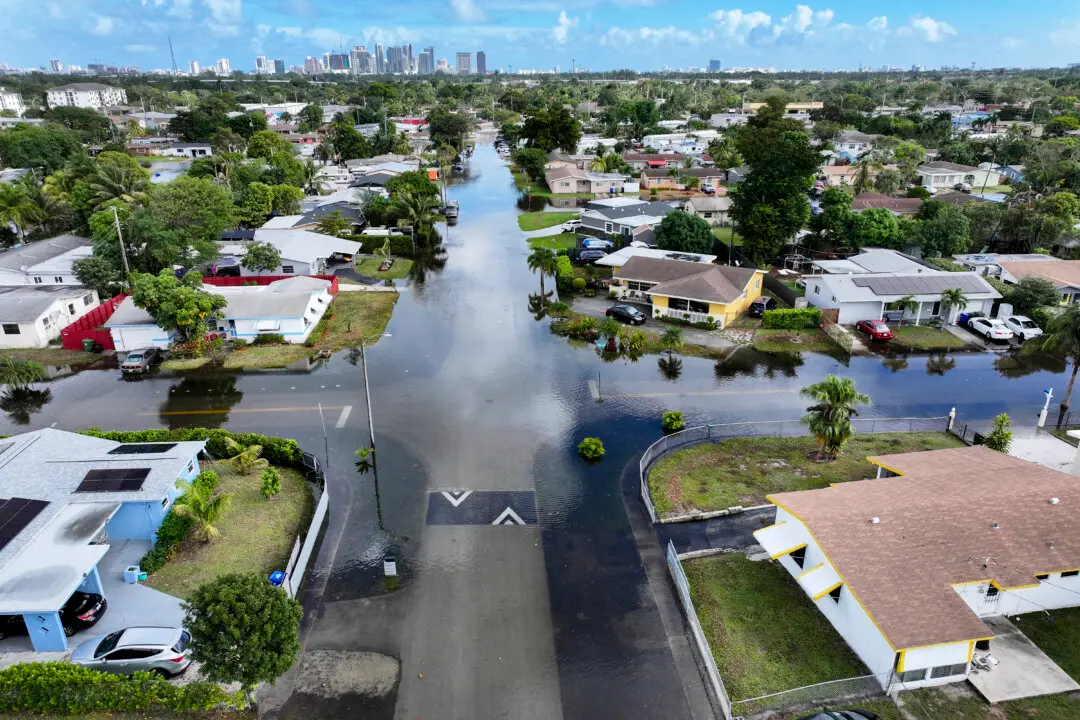A new rent report just released by Rent.com indicates that 95 percent of U.S. states faced significant rent increases over 2021. The cost for one-bedroom units increased by an average of 22.6 percent, while two-bedroom units experienced hikes of around 20.4 percent.
Rent.com, an apartment search engine and online marketplace catering to Millennials, is owned by RentPath a Redfin company.





